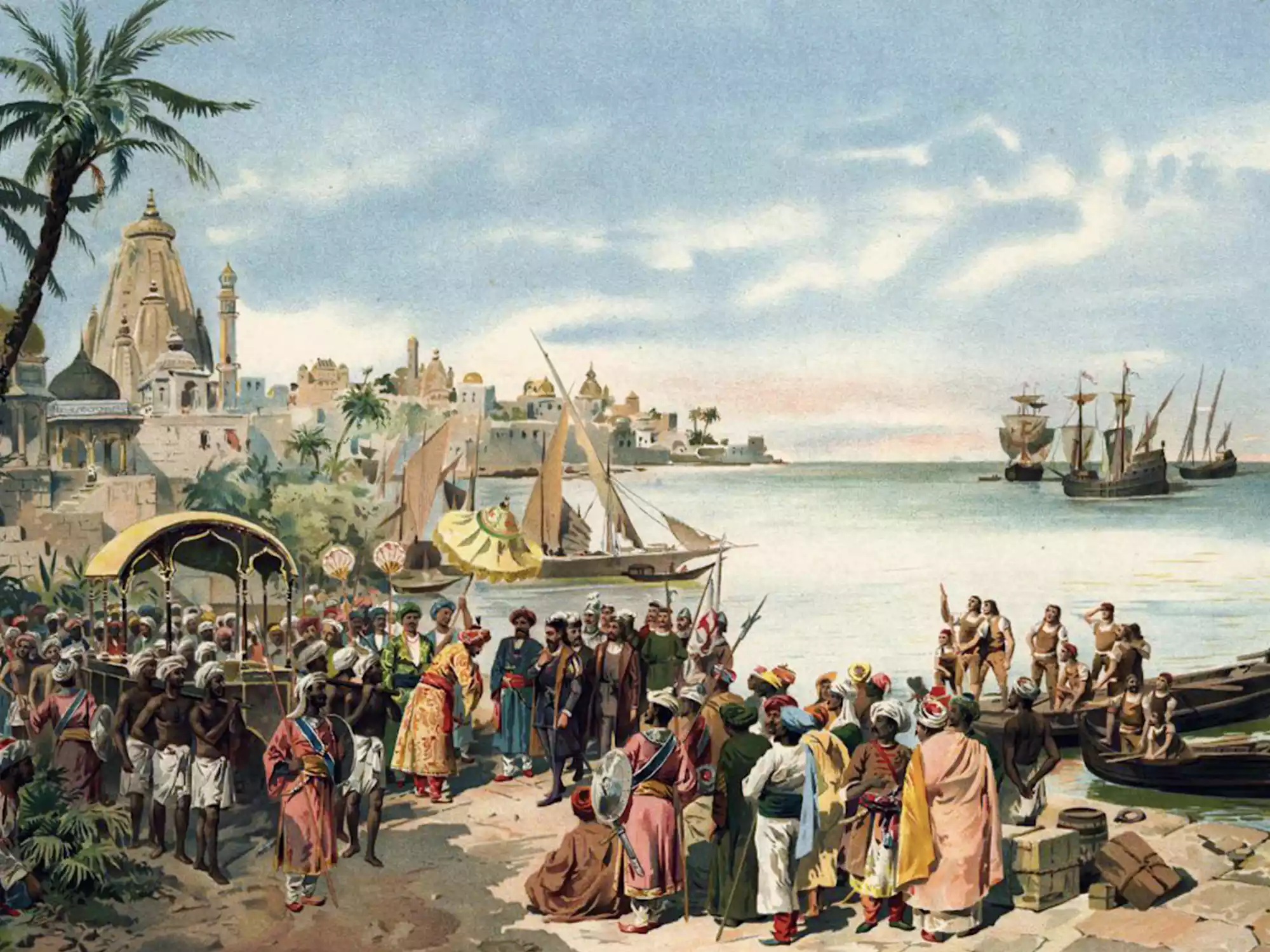Rediscovering the Legacy of an Overlooked Indian Explorer Who Unveiled Ancient Treasures

An Indian archaeologist, Rakhaldas Banerjee, is credited with one of the most significant discoveries in world history: the ancient city of Mohenjo-daro, a key site of the Indus Valley Civilization. Despite his groundbreaking work in the early 1900s, Banerjee’s contributions have largely faded from public memory, overshadowed by controversies and disputes during his career. His independent nature and defiance of colonial protocols often led to conflicts that marred his legacy, raising questions about the recognition he received for his monumental findings.
Discovery of Mohenjo-daro
In the early 20th century, Rakhaldas Banerjee made a remarkable discovery that would change the understanding of ancient civilizations. He unearthed Mohenjo-daro, which translates to “mound of the dead men” in Sindhi, located in present-day Pakistan. This city was a central hub of the Indus Valley Civilization, which thrived during the Bronze Age, extending from north-east Afghanistan to north-west India. Banerjee, who worked for the Archaeological Survey of India (ASI) under British colonial rule, dedicated months to exploring remote areas of the subcontinent in search of ancient artifacts and ruins. His work at Mohenjo-daro revealed a wealth of historical treasures, including seals, coins, and pottery, providing invaluable insights into the urban settlements of the time.
Despite the significance of his findings, Banerjee’s reports on Mohenjo-daro were never published by the ASI. This omission has led to accusations that the then ASI chief, John Marshall, suppressed Banerjee’s work and took credit for the discovery himself. As a result, while Marshall is celebrated in academic circles, Banerjee’s name remains largely unrecognized, relegated to a mere footnote in history.
Controversies and Conflicts
Banerjee’s career was not without its share of controversies. His independent approach and disregard for colonial protocols often put him at odds with his superiors. Archaeologist PK Mishra has noted that Banerjee’s lack of diplomacy and tact contributed to his troubled reputation. For instance, he once attempted to acquire artifacts from a museum without the necessary approvals, leading to friction with his superiors. Additionally, he faced scrutiny for his spending habits, which included using excavation funds for personal expenses, such as office furniture.
These conflicts culminated in a series of disciplinary actions against him. Banerjee’s independent streak, while admirable in some respects, often resulted in friction with the ASI hierarchy. His controversial decisions, such as relocating sculptures without permission and purchasing items without consulting his superiors, further complicated his standing within the organization. As historian Nayanjot Lahiri points out, Banerjee’s talents were often overshadowed by his ability to alienate those around him.
Later Years and Legacy
Despite the controversies that plagued his career, Banerjee remains a significant figure among historians, particularly in Bengal. Born in 1885 to a wealthy family, his early exposure to medieval monuments sparked a lifelong passion for history. He joined the ASI in 1910 and quickly rose through the ranks, becoming a superintending archaeologist by 1917. His work at Mohenjo-daro between 1922 and 1923 was pivotal in uncovering the layers of the Indus Valley Civilization, revealing its vast expanse and intricate urban planning.
However, by 1924, Banerjee’s funding for the Mohenjo-daro project had run out, and he was transferred to eastern India. This transfer was partly due to his failure to account for various expenses, leading to questions about his financial management. After leaving the ASI in 1927, Banerjee faced further challenges, including allegations of idol theft, which he vehemently denied. Although the charges were dismissed, the scandal contributed to his resignation and tarnished his reputation.
Banerjee continued his career as a professor but struggled financially due to his extravagant lifestyle. He joined Banaras Hindu University in 1928 but passed away just two years later at the age of 45. His contributions to archaeology and the understanding of the Indus Valley Civilization remain significant, yet his legacy is often overshadowed by the controversies that marked his life.
Observer Voice is the one stop site for National, International news, Sports, Editor’s Choice, Art/culture contents, Quotes and much more. We also cover historical contents. Historical contents includes World History, Indian History, and what happened today. The website also covers Entertainment across the India and World.

